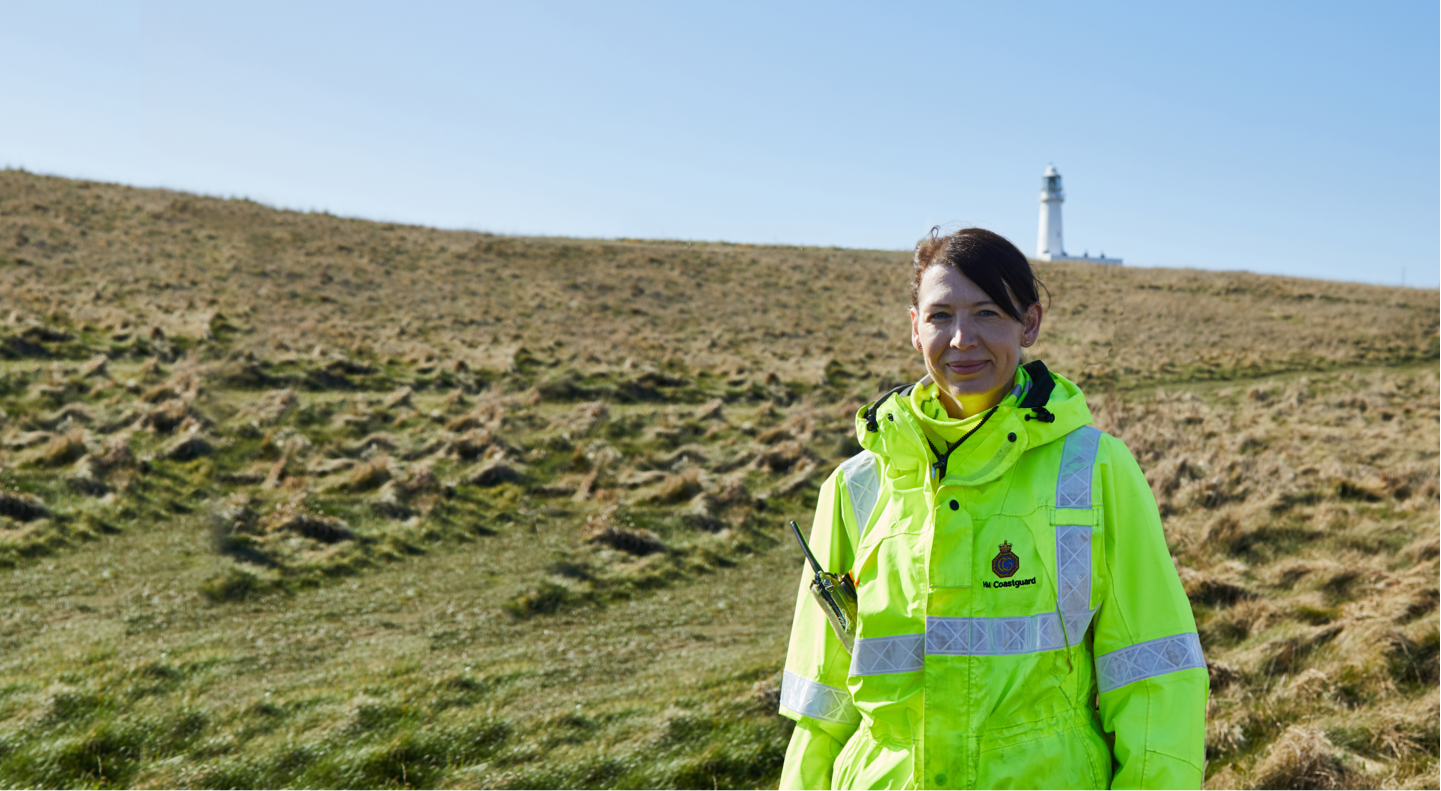Halifax Tar
Army.ca Legend
- Reaction score
- 17,257
- Points
- 1,260
Non-RCN person here, but the AOPS strikes me as a useful ship. The RCN is an important aspect of maintaining our arctic sovereignty. I was working on the Arctic file for the Army, and one way to view our arctic is indeed as an archipelago. All the services have an important role to play and that is one reason why we have Joint Task Force North (JTFN). Ships and aircraft are the main methods of operational movement, and the AOPS design is quite good for that. Op NANOOK has four related activities, one of which is RCN-focused. Op NANOOK TUUGAALIK demonstrates the RCN's capability to maintain presence and surveillance in the arctic, and the AOPS have begun to be incorporated into that. The assets of our allies are also incorporated into the NANOOK series.
The AOPS can, though, patrol our arctic archipelago for more time of the year than was possible before the introduction of the class to the RCN. Having a bigger gun or a missile suite would not materially contribute to fulfilling the role of the ship. Capabilities that increase the surveillance and presence reach of the ship, though, would likely be worthwhile investments.
Anyhoo.
Very solid post.
Perhaps a better suite of sub surface sensors and sonar type stuff would be beneficial.
But then again sure you can find them, and then what ?




